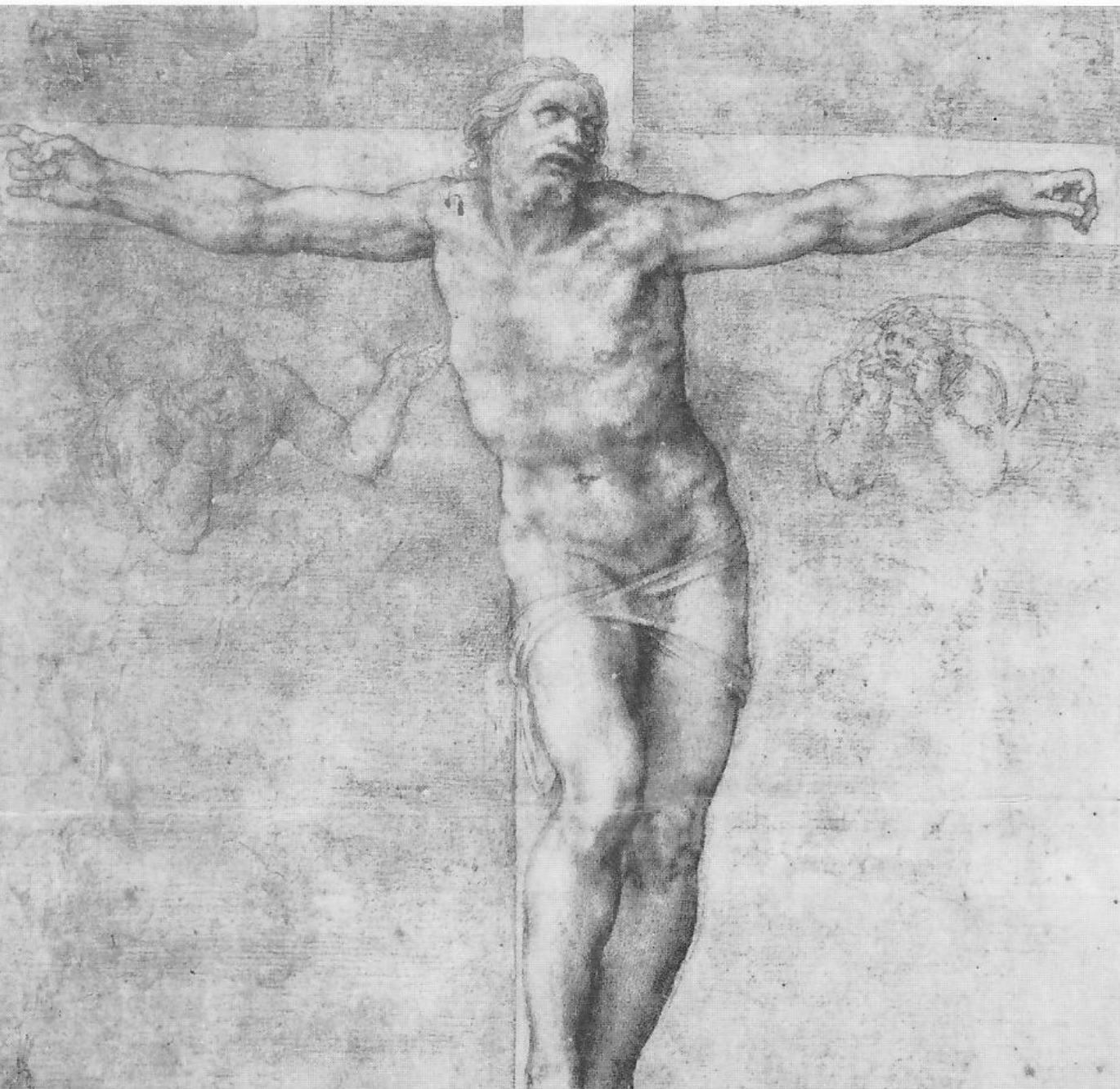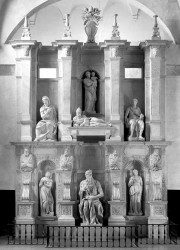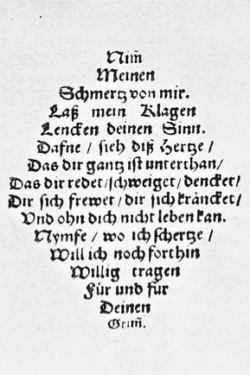Descrizione
Storia dell’arte [20] | Gennaio – Aprile
Francesco Negri Arnoldi,
Origine e digusione del Crocifisso barocco con l’immagine del Cristo vivente.
In this study there is attempted for the first time an historical synthesis of the development and dissemination of the iconography of the Baroque Crucifixion with its image of “the living Christ”. After having reviewed the origins of these representations, and re-examined, case by case, the variants of the Michelangelesque invention (e.g., the design for Vittoria Colonna) that were adopted as early as the second half of the 16th century, the author points out within the ambient of Venetian painting (i.e., in the circle of Veronese-Tintoretto), as well as in the Tuscan current that derives from Giambologna, the postulates of the iconographic definition of the theme that will later be fixed as the current model in Emilian painting of the first half of the Seicento (as in the work of Carracci, Reni, Guercino).




